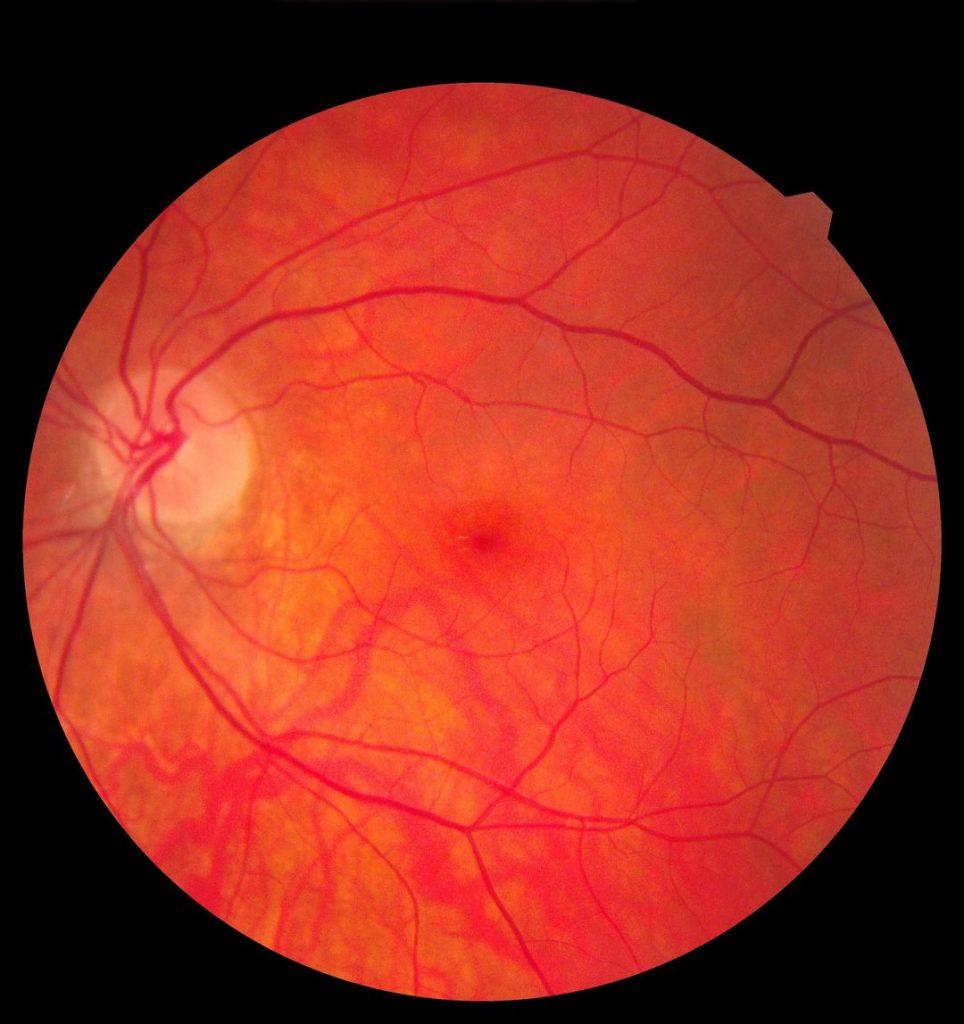TOUCHED BY LYME: How Lyme disease can affect your vision

Dr. William Padula is a noted expert on how Lyme and other tick-borne diseases can affect the eyes.
According to his website, the following can all be symptoms of tick-borne illness: blur, visual fatigue, double vision, headaches associated with visual activities, light sensitivity, losing place when reading, seeing words appear to double or become double when reading, and more obscure problems often not associated with vision such as difficulty with balance, spatial orientation, memory, comprehension, feeling of being overwhelmed by being in a busy environment, and sensitivity to sound.
The website notes: “The cause of the visual symptoms is because the tick-borne disease affects visual processing in the brain.”
Recently, Dr. Padula has discovered two eye-related biomarkers for tick-borne infection. (A biomarker is something that can be found by examination or testing that indicates the presence of a particular disease or condition.)
In an article published by Healio, Dr. Padula reports: “My colleagues and I have demonstrated that the presence of a hazy, white ring of peri-papillary ischemia around the optic nerve — especially in children or adults younger than 60 years who would not be expected to have ischemic changes — is associated with tick-borne infection. One way that spirochetes hide from the immune system is by building up protective biofilms. We believe that these biofilms clog the narrow capillary vessels just around the perimeter of the optic nerve, blocking blood flow.”
Dr. Padula recommends that optometrists and ophthalmologists who observe this condition in patients who also have convergence insufficiency or focusing should rule out the possibility of tick-borne infection.
In the same article, Dr. Padula also discusses something called the Visual Evoked Potential (VEP) test. He says that abnormal results on this test strongly indicate tick-borne disease.
As we in the Lyme community know well, it often takes a long time for people to get properly diagnosed with tick-borne infections. If eye doctors become alert to these biomarkers, that could speed up the process considerably.
Click here to read the article on Healio.
Click here to visit Dr. Padula’s website
TOUCHED BY LYME is written by Dorothy Kupcha Leland, LymeDisease.org’s Vice-president and Director of Communications. She is co-author of When Your Child Has Lyme Disease: A Parent’s Survival Guide. Contact her at dleland@lymedisease.org.




















We invite you to comment on our Facebook page.
Visit LymeDisease.org Facebook Page